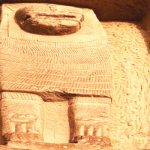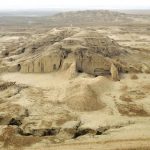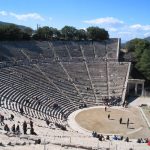The 1,800-year-old Roman amphitheatre has a capacity of 20,000 people.

In western Turkey’s Aydın Province, archaeologists have uncovered a remarkable 1,800-year-old Roman-era amphitheatre near the ancient city of Mastaura. Believed to have been constructed around A.D. 200, during the reign of the Severan Dynasty, the arena could accommodate up to 20,000 spectators, who once gathered to witness gladiatorial combat and wild animal fights.

Although smaller than Rome’s iconic Colosseum, the Mastaura amphitheatre is notable for its exceptional preservation, particularly its underground facilities. These include seating sections, waiting rooms for gladiators, and private viewing spaces—features that provide rare insight into Roman entertainment culture in the region.

The site was first discovered in 2020, and much of the structure remains partially buried beneath layers of earth. Archaeologists are actively working to excavate, document, and preserve the arena. Considered one of a kind in Anatolia, the amphitheatre likely drew large audiences from neighboring cities in antiquity.

To aid in conservation, researchers are employing advanced techniques such as laser scanning and geophysical surveys to digitally reconstruct and analyze the structure. The ongoing work promises to enhance our understanding of Roman architecture and public life in this part of the ancient world.











